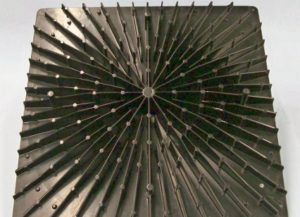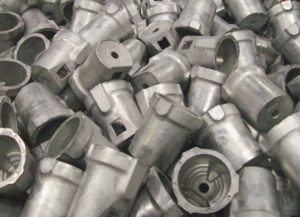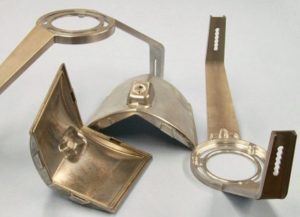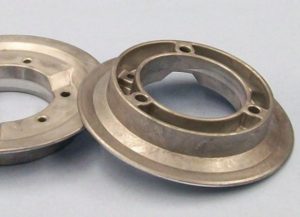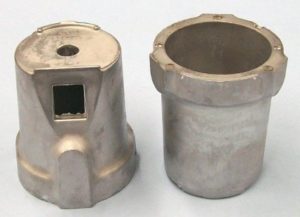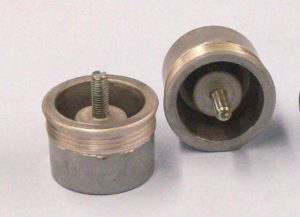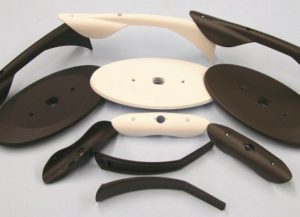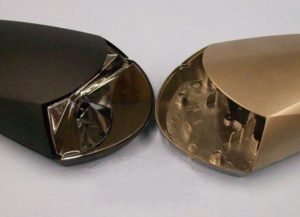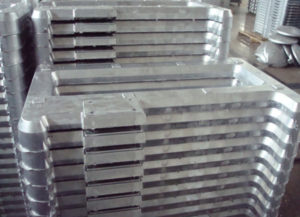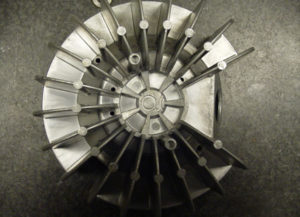Aluminum Die Casting
Aluminum Die Casting, Tool Design, Machining, Finishing, Assembly
Manufacturers trying to strike a balance between performance, price and product innovation are increasingly turning to the benefits of custom Aluminum alloys to create the exact characteristics needed for a part.This alloy is lightweight, while possessing high dimensional stability for complex shapes and thin walls. Aluminum has good corrosion resistance and mechanical properties, high thermal and electrical conductivity, as well as strength at high temperatures.
Zinc Die Casting
Zinc Die Casting, Tool Design, Machining, Finishing, Assembly
The easiest alloy to cast, Zinc offers high ductility, high impact strength and is easily plated. Zinc is economical for small parts, has a low melting point and promotes long die life. Zinc alloys are versatile engineering materials. No other alloy provides the combination of strength, toughness, rigidity, bearing performance, and economic cast ability. Precision, quality, and repeat performance are distinct zinc alloy advantages.
Die Casting Advantages
Die casting is an efficient, economical process offering a broader range of shapes and components than any other manufacturing technique. Parts have a longer service life when compared to plastic, and may be designed to complement the visual appeal of the surrounding part. Designers can gain a number of advantages and benefits by specifying die cast parts.
High-speed production – Die casting provides complex shapes within closer tolerances than many other mass production processes. Little or no machining is required, and thousands of identical castings can be produced before additional tooling is required.
Dimensional accuracy and stability– Die casting produces parts that are durable and dimensionally stable, while maintaining close tolerances.
Strength and weight – Die cast parts are stronger than plastic injection moldings having the same dimensions. Thin-wall castings are stronger and lighter than those possible with other casting methods. Plus, because die castings do not consist of separate parts welded or fastened together, the strength is that of the alloy rather than the joining process.
Multiple finishing techniques –Die cast parts can be produced with smooth or textured surfaces, and they are easily plated or finished with a minimum of surface preparation.
Simplified Assembly – Die castings provide integral fastening elements, such as bosses and studs. Holes can be cored and made to tap drill sizes, or external threads can be cast.
Die Casting vs. Other Processes
Die casting vs. plastic molding - Die casting produces stronger parts with closer tolerances that have greater stability and durability. Die cast parts have greater resistance to temperature extremes and superior electrical properties.
Die casting vs. sand casting - Die casting produces parts with thinner walls, closer dimensional limits and smoother surfaces. Production is faster and labor costs per casting are lower. Finishing costs are also less.
Die casting vs. permanent mold - Die casting offers the same advantages versus permanent molding as it does compared with sand casting.
Die casting vs. forging - Die casting produces more complex shapes with closer tolerances, thinner walls and lower finishing costs. Cast coring holes are not available with forging.
Die casting vs. stamping - Die casting produces complex shapes with variations possible in section thickness. One casting may replace several stampings, resulting in reduced assembly time.
Die casting vs. screw machine products - Die casting produces shapes that are difficult or impossible from bar or tubular stock, while maintaining tolerances without tooling adjustments. Die casting requires fewer operations and reduces waste and scrap.
Why Choose Us For Your Die Casting Needs?
1. Smart Part Engineering = Better Part Designs – We provide innovative tooling designs engineered for cost-effective manufacturing to maximize performance and casting quality while minimizing the need for secondary operations! Take advantage of our Engineering Design Review Process to optimize your new and existing parts...at NO COST to You!
2. Lower Tooling Costs – We offer 'Insert Only' tooling strategy to reduce die casting mold costs, permit quicker die set-ups, increased eficiency, lower part costs...and an overall COST SAVINGS opportunity for you!
3. Lower Part Costs - We utilize both automatic and manually fed machines, automatic ladlers, robotic die sprayers and complete cell manufacturing to maximize casting integrity and reduce part costs. We also capitalize on new state-of-the-art technologies to insure youStay Ahead of Your Competition!

